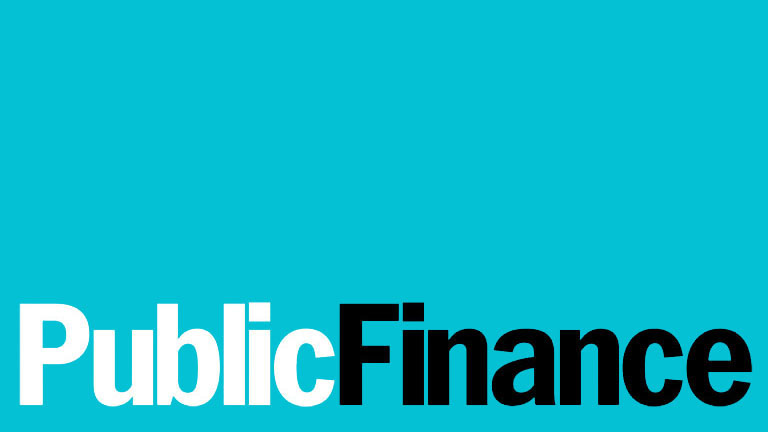The chancellor’s great autumnal pronouncement was, compared with the high drama of recent weeks, something of an also-ran.
Indeed, after the outbreak of election hysteria, pretty well any government announcement would have been an anti-climax. The fact that we have all spent so many months guessing what Gordon Brown might do as prime minister simply underlines the relatively modest nature of Alistair Darling’s pre-Budget and spending statement on Tuesday afternoon.
The twice-postponed Comprehensive Spending Review has been released just five months before the start of 2008/09. Because the government has waited until now to publish its plans for the three years to 2010/11, many of the headline figures had already been made public. The NHS will receive the largest annual increases in spending, with education getting a slightly smaller percentage. Within that sector, schools are to receive bigger increases than colleges. For the rest of the public sector, a squeeze is now official policy.
Darling also admitted that economic growth is likely to be slower than previously expected, at around 2%—2.5% in 2008. Public sector borrowing is likely to stray higher than in earlier forecasts. While the new position is not a return to ‘boom and bust’, neither is it the sunlit uplands of earlier CSRs. The UK faces three (in reality, probably six or more) years of significantly tighter public spending growth, with the tax burden predicted to rise.
This slightly gloomy picture is, in many ways, a wholly owned subsidiary of the heroic political mess that Labour visited upon itself as a result of its dalliance with a November general election. Brown might turn out to have lost his reputation for steady-minded prudence within a handful of days. Harold Wilson’s perceptive observation about a week being a long time in politics has rarely been more apt.
The CSR provides little more than headline detail for public service providers. Local government will face annual real spending rises of just under 1%, probably a little more than had been feared. Within such totals, social services, police and children’s services are likely to grow fastest.
Highways, the environment, leisure services, fire & emergencies and local transport will inevitably face zero increases or slight reductions. No wonder Whitehall is stepping up its demands for efficiency savings.
Elsewhere among the goodies published by the Treasury on Tuesday, the government reported the extent of efficiency savings so far delivered as a result of the Gershon review. Some £20.18bn worth of savings had been reported by June 2007, compared with a target of £21.48bn by the end of 2007/08, a remarkable achievement.
Education is the laggard, with only £2.66bn out of £4.35bn achieved. Local government has achieved efficiencies of £6.23bn compared with a target of £6.45bn — an extraordinary result. The Treasury is curiously non-committal on the subject of ‘assurances on gains made’, merely describing a process for checking the numbers.
The long-expected slowdown in service spending now officially required by the government begs an obvious question: having ironed out swings in the economy as a whole, why has the government chosen to adopt a ‘boom and bust’ approach to public expenditure growth? The first 13 years of the Blair-Brown government will have witnessed an initial period of scorched-earth constraint, followed by a great splurge of higher spending, now to be followed by flat real-terms increases.
It is a mathematical certainty that many services, local authorities and other institutions will now face ‘cuts’. If expenditure is rising at little more than 0%—1% in real terms, there are bound to be some parts of some services that experience reductions, possibly in cash terms. Schools and hospitals, by contrast, should be shielded from such a risk.
The way the new spending totals cascade down the system in, for example, the Revenue Support Grant settlement for 2008/09 and the succeeding two years will, as in every year, produce some redistribution.
The government is likely to build in a ‘floor’ level of grant increase at around 2.5% in cash. If the overall level of external funding rises by only 4%, only a few major authorities are likely to see increases of over, say, 5%. We are moving inexorably towards a near flat-rate percentage annual rise in central support.
The 2007 CSR and Pre-Budget Report have left the British economy and public services tottering on the brink of a significantly different period than that experienced in the years from 2000/01 to 2007/08. There remains a risk that economic growth will slow still further, possibly requiring higher borrowing or public spending cuts.
The UK might not be facing a recession, but it might be closer to it during the first half of 2008 than at any point in the past 15 years.
Changes in the global environment notwithstanding, Britain will be a chillier place this winter.










